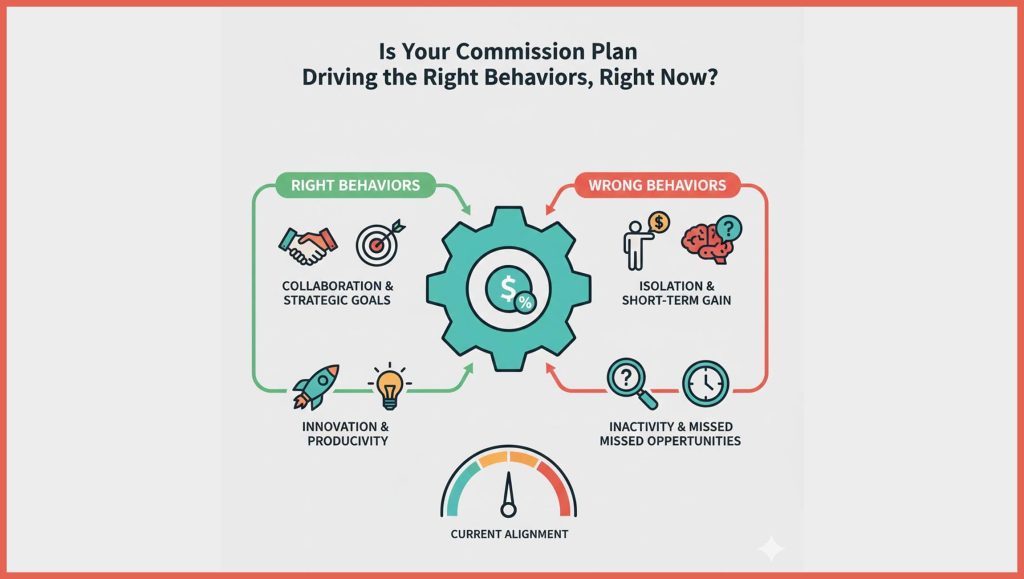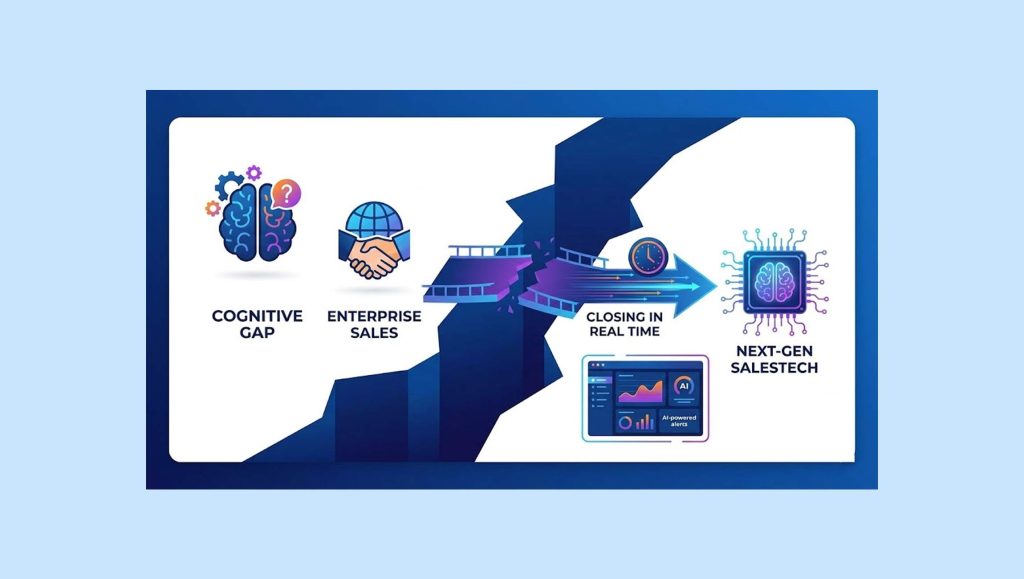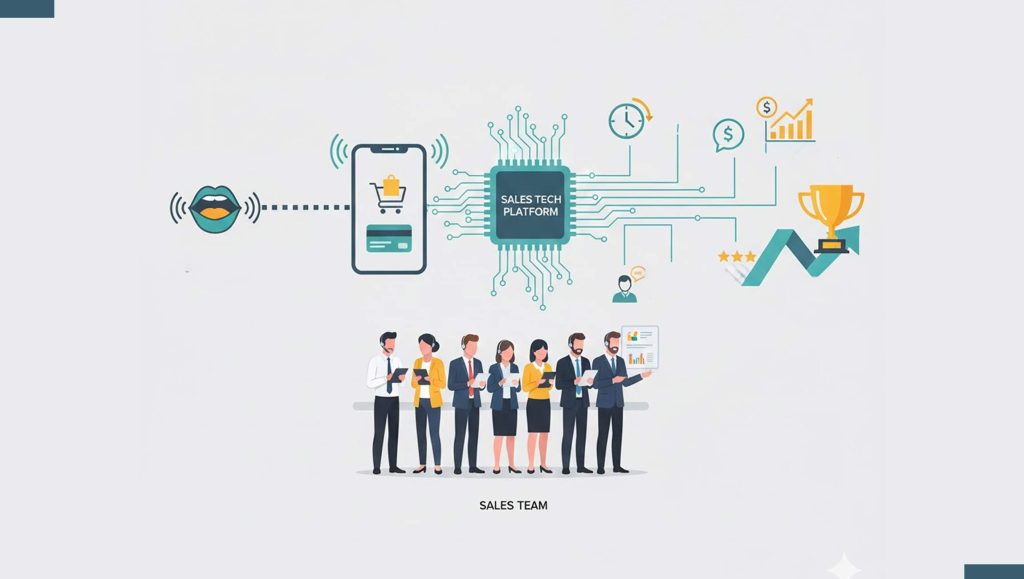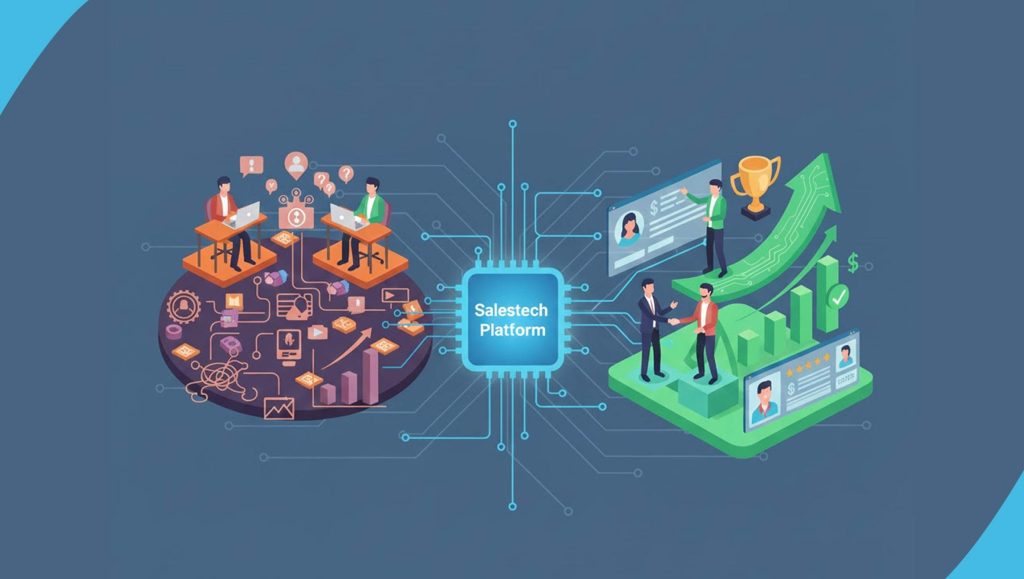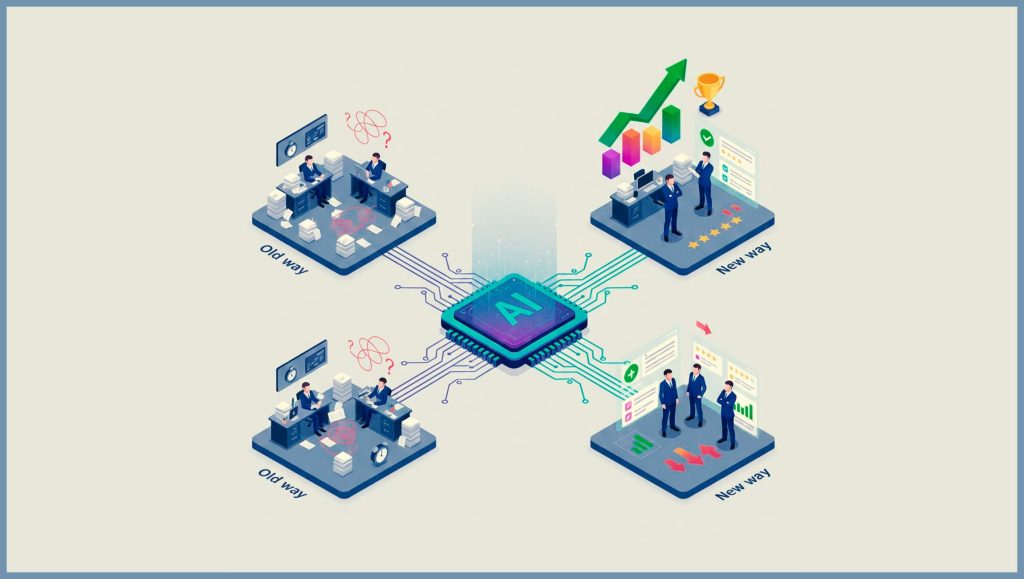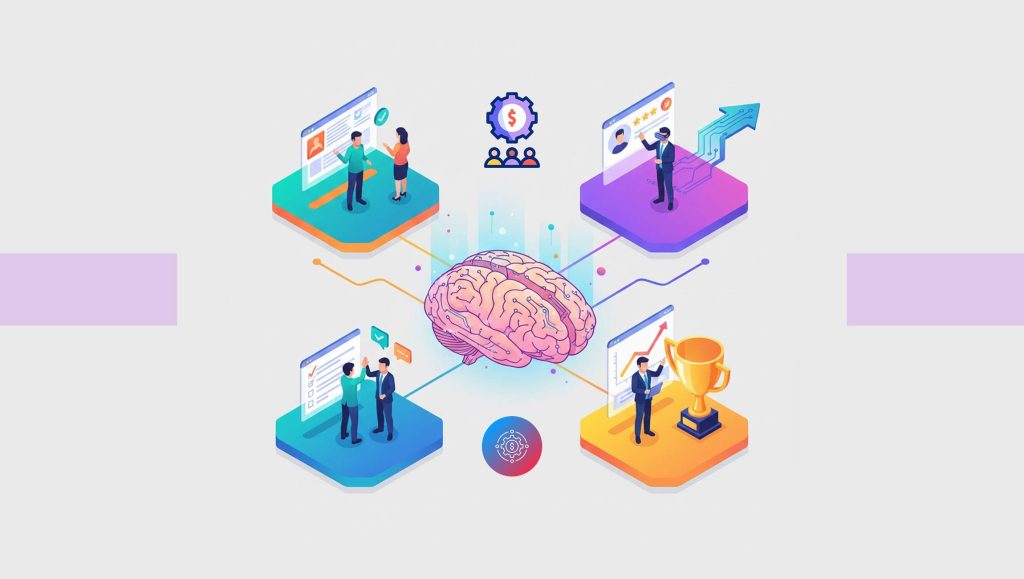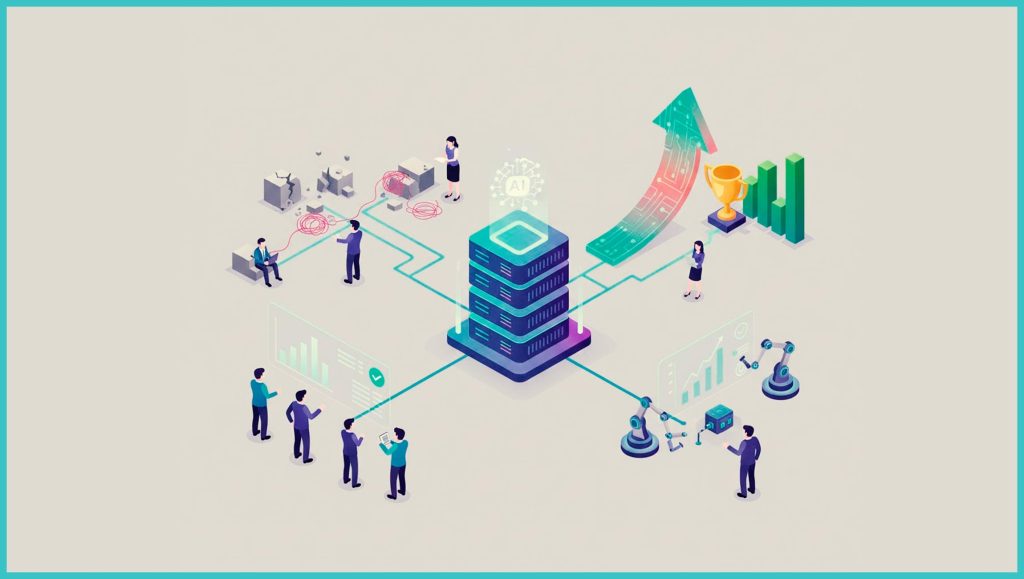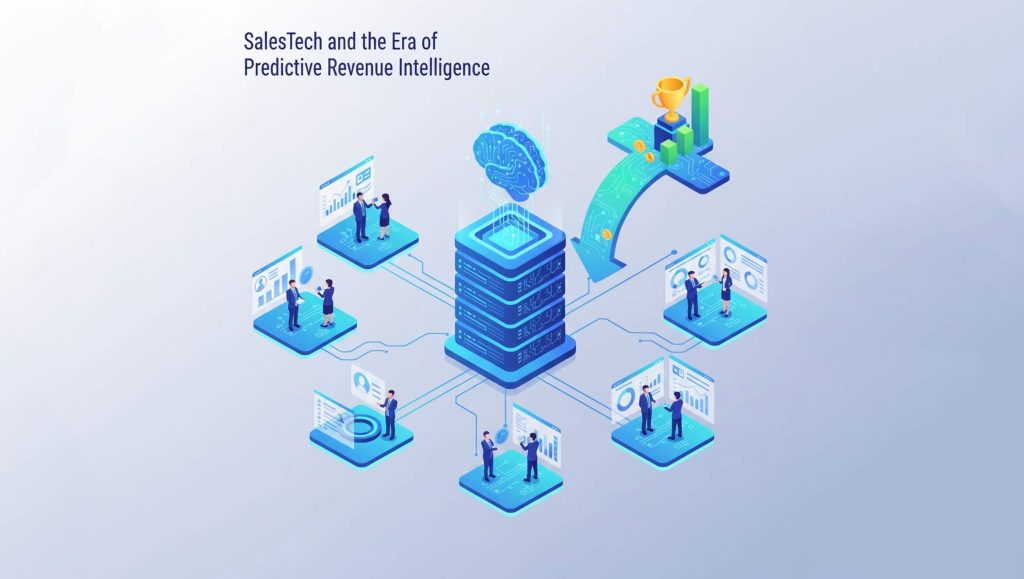The dynamics of B2B purchasing have evolved significantly over the past few years. Today’s B2B buyers are increasingly self-reliant, leveraging digital resources to make informed decisions without direct interaction with sales representatives. Several factors, including the preference for autonomy, the availability of comprehensive online resources, and the demand for consumer-like experiences in B2B transactions, drive this shift.
As buyers now favor a seamless, omnichannel approach that combines self-service with minimal yet meaningful interactions with sales representatives, companies must adapt to stay competitive. Adopting digital tools and strategies not only enhances customer satisfaction but also streamlines the buying process, enabling businesses to build stronger, more efficient relationships with their clients.
Understanding the Modern B2B Buyer’s Preferences
The traditional B2B buying process, characterized by lengthy meetings and multiple touchpoints with sales teams, is becoming less common. Today’s buyers prefer a self-directed journey, where they control the information they consume and the purchasing decisions they make. This shift is largely driven by the ‘consumerization’ of B2B commerce, where buyers expect a seamless, efficient digital experience like B2C settings.
Modern B2B buyers value flexibility and convenience. They prefer accessing detailed product information, reviews, and pricing online without waiting for a sales representative. According to a Gartner report, 83% of B2B buyers now prefer to interact with digital channels during the buying process. This preference indicates a move towards self-service portals and online research, allowing buyers to explore and compare products independently.
Why B2B Buyers Are Choosing Digital Over Sales Reps?
A number of factors are driving the increasing popularity of digital self-service options among B2B buyers:
- Access to Information: Digital platforms provide comprehensive product details, reviews, and case studies that enable buyers to make informed decisions independently. Forrester reports that 92% of B2B purchases start with an online search, highlighting the importance of accessible digital content.
- Efficiency and Speed: The traditional sales process can be time-consuming, with multiple meetings and long negotiation cycles. Digital commerce provides a faster route to purchase, enabling buyers to make decisions on their terms without the need for scheduling meetings or calls.
- Enhanced Decision-Making Tools: Advanced digital tools, such as AI-powered product discovery and personalized recommendations, help buyers find the exact solutions they need faster. These tools make the buying process more intuitive and aligned with the buyer’s specific requirements.
- Omnichannel Engagement: Modern B2B buyers engage with multiple channels during their buying journey, from websites and social media to webinars and virtual demos. An omnichannel strategy allows them to gather information across different platforms, making the purchasing process more integrated and convenient.
Read More: SalesTechStar Interview with Chris Kelly, President of Go-To-Market (GTM) at Delinea
How Technology Empowers Modern B2B Buyers?
Technology has an important part in enabling the self-reliant buyer. Innovations such as AI, machine learning, and data analytics have transformed the way B2B companies interact with their customers. AI-driven search functionalities, for instance, significantly improve the efficiency of product discovery by providing relevant results based on past behaviors and preferences.
Furthermore, companies are leveraging AI and analytics to gain insights into buyer behavior, which helps in tailoring content and recommendations. For example, tracking how long a buyer lingers on a product page or what materials they download can inform targeted marketing strategies and improve customer engagement.
Challenges and Opportunities in Adopting Digital Commerce
While the shift towards digital commerce presents numerous opportunities, it also poses challenges for traditional B2B businesses. Here are some key points:
- Ensuring Data Quality and Integration: One major hurdle is ensuring data quality and integration across systems. Many companies struggle with maintaining accurate and updated product and customer information, which is essential for delivering a seamless digital experience.
- Adapting to New Technologies: Another challenge is adapting to new technologies. Many B2B organizations still rely on legacy systems, which can hinder their ability to provide agile and scalable digital solutions.
However, the adoption of composable commerce—a flexible and modular approach to building digital commerce solutions—is gaining traction as it allows companies to integrate new capabilities without overhauling their entire infrastructure.
The Future of B2B Sales: A Hybrid Approach
Despite the increasing preference for digital channels, sales representatives remain essential. The future of B2B sales lies in a hybrid approach that integrates both digital and traditional methods. This strategy allows buyers to choose the type of engagement that best suits their needs, whether it’s a quick online purchase or a detailed consultation with a sales expert.
Sales teams are adapting to these new demands by becoming proficient in using digital tools and analytics. By integrating CRM systems with digital touchpoints, sales representatives can gain a comprehensive view of the customer journey, enabling them to engage more effectively when personal interaction is necessary.
Conclusion
The rise of the self-reliant B2B buyer reflects a broader trend towards digital autonomy and a preference for self-service options. As technology continues to evolve, businesses must adapt by providing robust digital experiences that cater to the expectations of modern buyers. By adopting digital transformation and a hybrid sales approach, B2B companies can stay competitive and cater to the needs of a growing tech-savvy customer base.
Read More: A Quick Dive Into The Current State of B2B Customer Success








